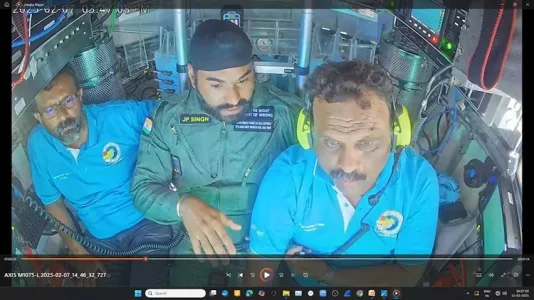- Joined
- Jun 30, 2024
- Messages
- 1,881
- Likes
- 23,843
Samudrayaan set to explore ocean bed by 2025 end.

‘Samudrayaan set to explore ocean bed by 2025 end’
India's Samudrayaan mission aims to send scientists 6 km deep under the sea by next year.












